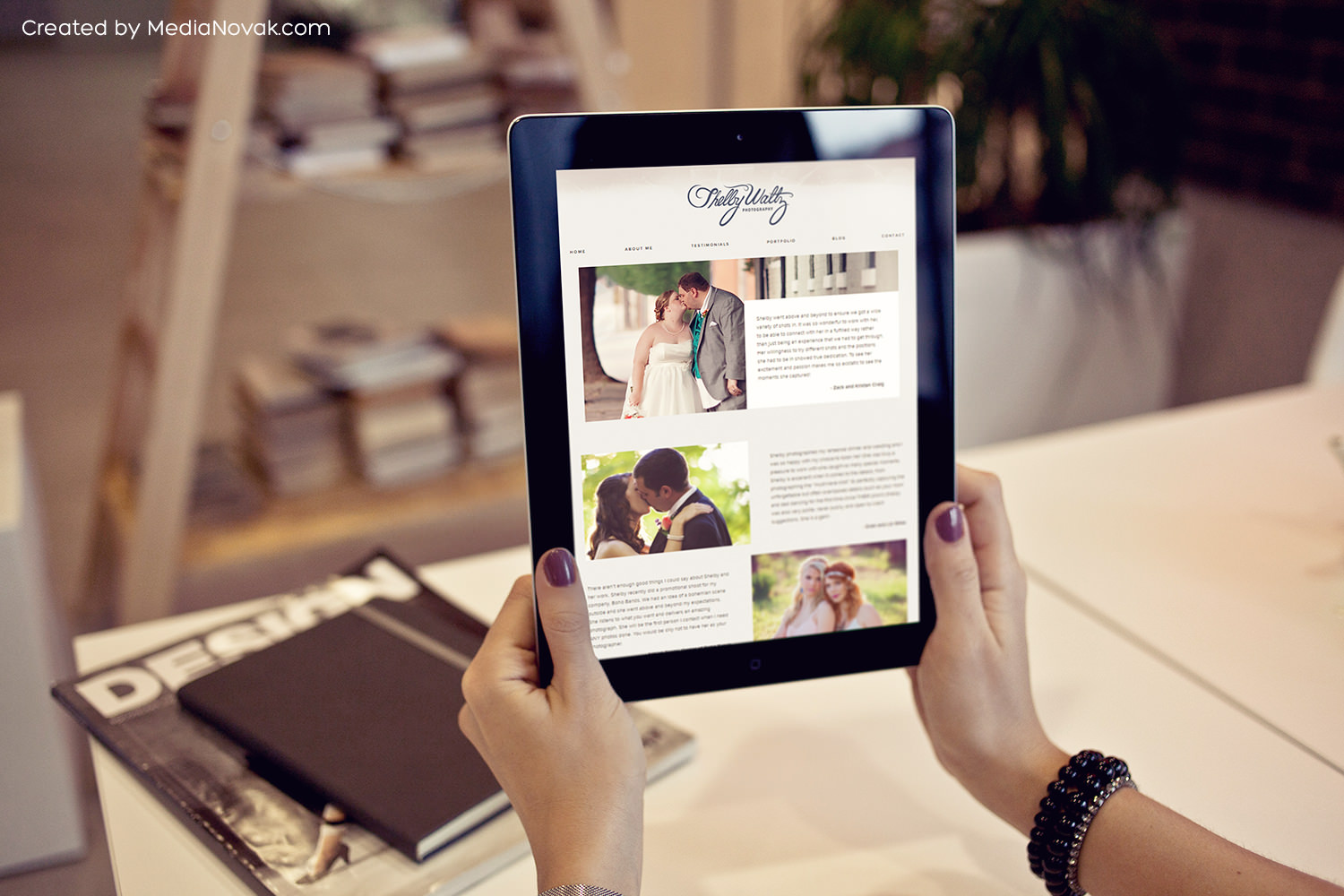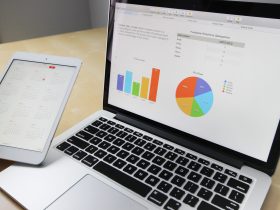Vital Tips design for blogs:
- Use meaningful colors
Know that there is a very interesting subjects on color psychology, about what inspires us each, the red (passion, heat …) or green (hope, nature …). All colors have positive connotations, but also negative. Use them in your favor!
If your users are talking about issues related to mediation , solving personal problems or conflicts , it may not be wise to use aggressive colors such as red (violence) or yellow (cowardice).Near the blue colors and hues inspire us peace, immensity, the sea, the ocean … you get it?
Keep it simple with this, mind, and tries to flee mostly negative connotations, rather than seek positive (that would be and to note!)
- Use contrasting color palettes
Combining colors is a difficult task. Believe me. There is nothing more frustrating than having three colors separately and individually you love, and to bring them together: puff, there is nothing to do, the gear does not work…
Therefore, maybe if you’re not sure where to start, it is to use preset color palettes, with combinations that work, are harmonic and their effectiveness is proven. In addition, you can place depending on which theme: business, nature, sports … They are a good resource and makes you not complicate too. They are a safe bet.
- No more than 3 or 4 colors
Trust me on this. No more colors for your website going to say more.
Seek simplicity, combined with head colors, and please do not overdo 3 or 4 colors. If you can leave it at least better: remember, what matters is the content, the design is the couch where our visitors will sit to read our blog. Make it comfortable, but let him read.
A combination of two primary colors, plus one additional is best. One of the main colors can go right to the menu (when you select the page on which we are, when we passed over the buttons) and the other leading to the other elements (color of titles, links, Meta … etc.).
The third a complementary color can go well for some detail: what kind of article is the balloon that includes the date of the post, number of comments etc. In a secondary role.
- I have come to your blog to read you, not to see your graffiti
That’s it. The visitor is here because he wants as you write, not as cool is the font you are using. So already had clear from the beginning: your content has to be legible. For everyone. (So do not be a hipster and up the font size of 6 pixels you have, I’m leaving in sight)
Font size can speak at length, but I let a basic advice: font size in your file CSS “font-size: 100%”; and let the visitor’s browser to manage the size of the font as required by the user (remember that there are people with impaired vision and need a font size sufficiently remarkable to see the content)
How far are you from the screen of your laptop right now? 30 centimeters? I think so, thank you! And you who are mobile or tablet to how much you? To 10 or 15? Mmm … that’s less than half. Do you think the same font size applies to all devices? Indeed, not worth!
The sources, like the design must be responsive (adaptable depending on the device) and can reduce hassle for small devices (actually, in web design this is already being done backwards, now we are “mobile first”, we first designed java, and then extended desktop source, but this is another story 😉 )
- Use only 2 or 3 at most sources
Here I will make a quick and very basic summary; the sources can be organized into two groups:
- Serif (edges with ornaments, Times New Roman)
- Sans-serif (rounded edges)
Would also be the hand write (Comic Sans and type the letter in the dorsal leading Real Madrid this season). Do not use unless absolutely necessary, gives a very unprofessional looking, and are no longer funny. They do not bring freshness and youthful look a few years ago.
What should we do? Remember, legibility. We’ll use a couple of readable fonts for our blog or web. So if you have enough content, and do not want your visitors to leave the view: Use a sans-serif font for the text. They are more readable and not strain your eyes as much as serif. (Example: PT Sans or Roboto ).
And for titles? I’ll leave more freedom. Search a striking source that can capture users’ attention and is interested in this post you just wrote. You can use a serif font and a sans-serif.(How about Bitter or Arvo ?)
- Find the contrast between your sources
All right, you have selected your sources. The important thing here is to find the contrast between these sources. Remember to do this you have a lot of resources and items at your disposal:
- You can play with the size of the fonts
- Look for the contrast with the use of bold
- You can use the resource of italic
The colors to differentiate sources is also an option (gray 60% vs. 90% gray)
But be consistent. Choose a strategy and always use it! No one on each post.
A global strategy for your sources, get smart management draw attention to your headlines and get the visitor to read integer with a friendly and legible, however you want to read. If you’re not good at this, do not worry, you always have at your disposal made combinations that work correctly. Combinations of Google Fonts you can copy and use
Conclusion
Whatever your case: you have a web design as a good Premium template for your WordPress or thinking about changing something, it is very necessary for every blogger to have a critical judgment about some basics of designing your website or blog.
Having good quality content (which certainly with Berto and Raquel tips and you are doing) and combine it with an appealing design for your blog, are the keys to happy equally Google and visitors. Get situate on the main avenue in your industry (or first page of Google, you name it), and then, make your visitors feel at home , they feel like staying a little longer, that they desire or stay back … to live!








Leave a Reply